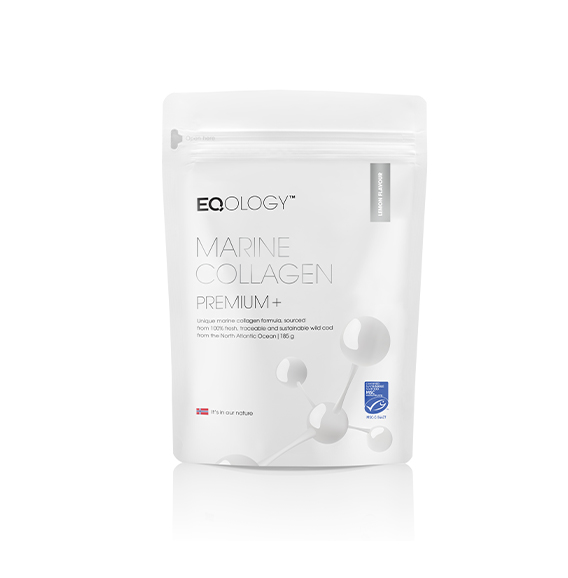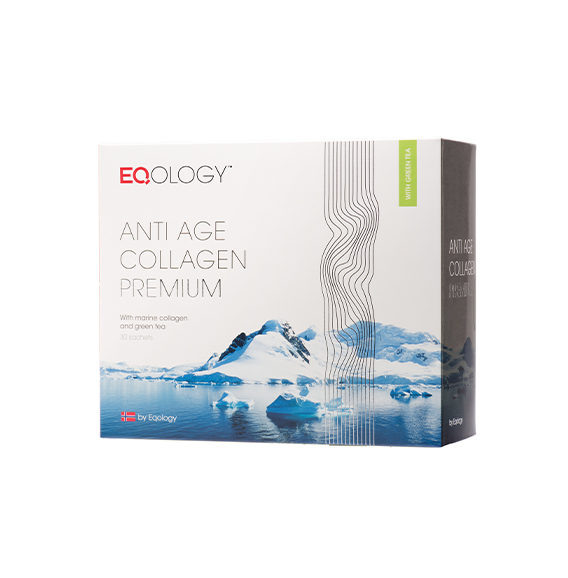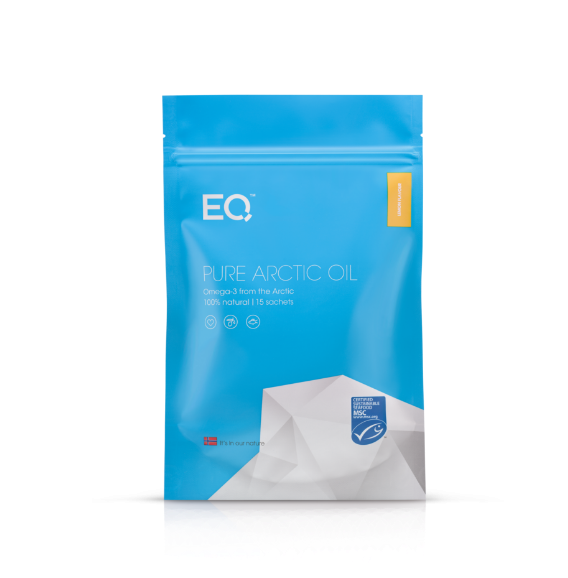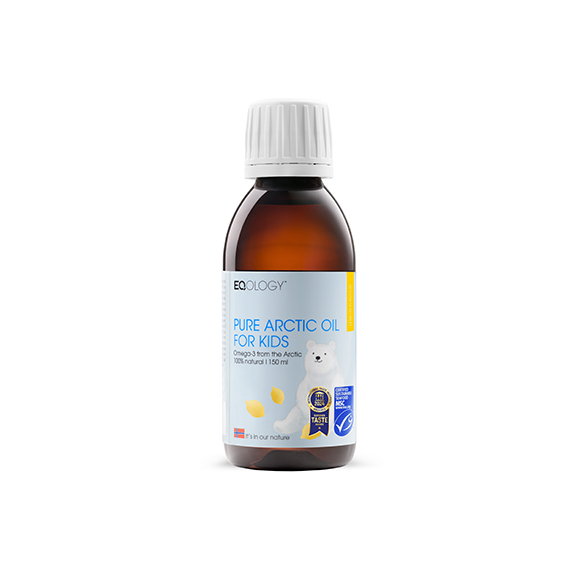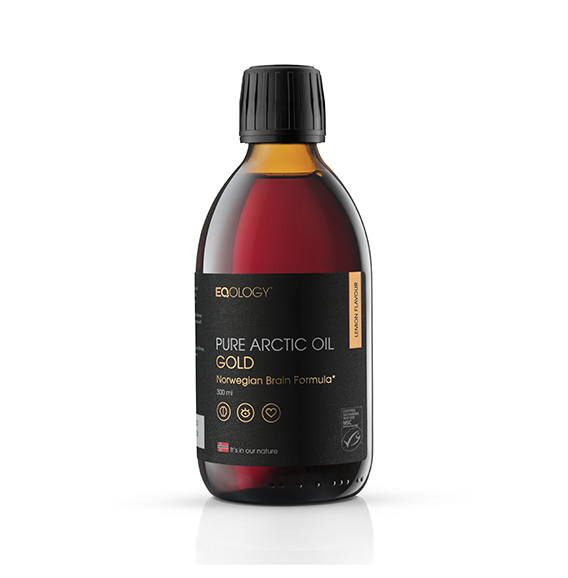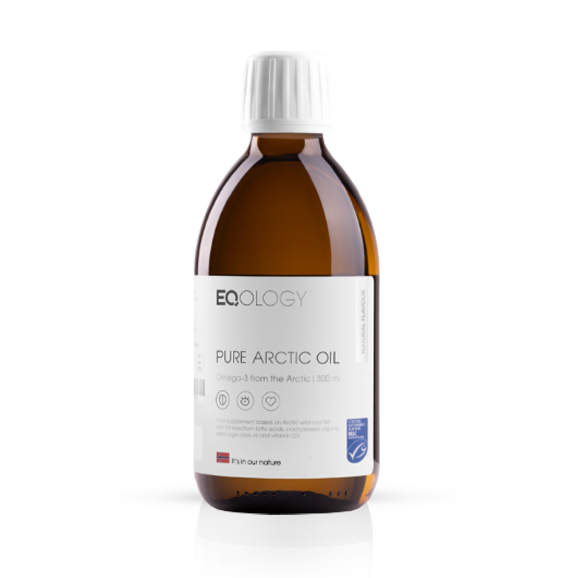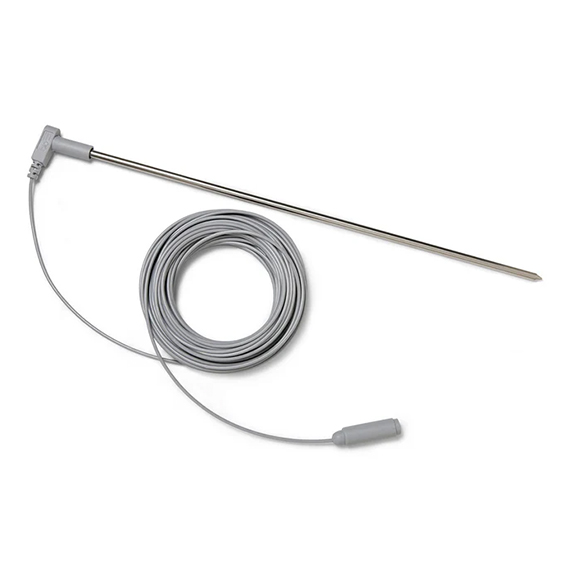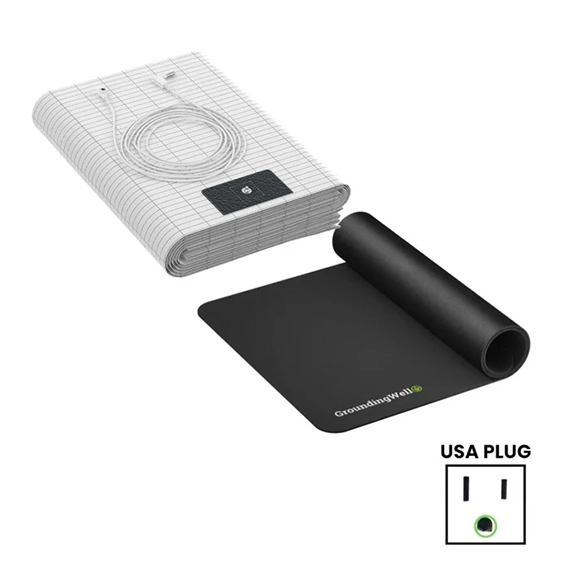Multiple sclerosis (MS) is a degenerative disease that attacks the nervous system of the body, which includes the brain, spinal cord and various nerves that branch from them. In patients diagnosed with MS, the myelin sheaths are destroyed, so nerves become exposed and damaged. These sites of nerve damage are wounds. All wounds pass through the stages of healing, which result in a certain degree of sclerosis or scarring. This leads to different symptoms depending on the damaged area and severity of degeneration, which can lead to difficulties in walking, visual disturbances, fatigue, numbness and tingling, weakness, bladder, and pain dysfunction.
Hyperbaric oxygen therapy helps to heal wounds of MS. It has been proven that it reduces symptoms in patients, improves overall health and well-being.
People in a mild case of this disease, and with heavy symptoms also recorded positive effects as increased mobility, more energy, reduced urinary incontinence, involuntary movements, and fatigue. In Great Britain, for decades, it effectively treats patients with multiple sclerosis.
Mild hyperbaric oxygen is effective in preventing the progression of neurodegenerative diseases. Parkinson’s disease is a neurodegenerative disease in which the main hallmark is neuron loss and degeneration. Some study shows, that mHbot at 1.3 ATA was able to protect the dopaminergic neurons from further loss and further degeneration. More importantly, they observed positive effects in neuron functions. Exposure to mild hyperbaric oxygen increases the level of oxygen in blood, especially the oxygen dissolved in blood plasma, and facilitates oxidative metabolism in the mitochondrial tricarboxylic acid cycle in cells and tissues. Metabolic syndrome, lifestyle-related diseases and arthritis are inhibited and/or improved when exposed to mild hyperbaric oxygen. It floods the brain with oxygen, slows neuronal degeneration, mobilizes rejuvenating stem cells, and enhances angiogenesis (the growth of new blood vessels that nurture damaged areas).






